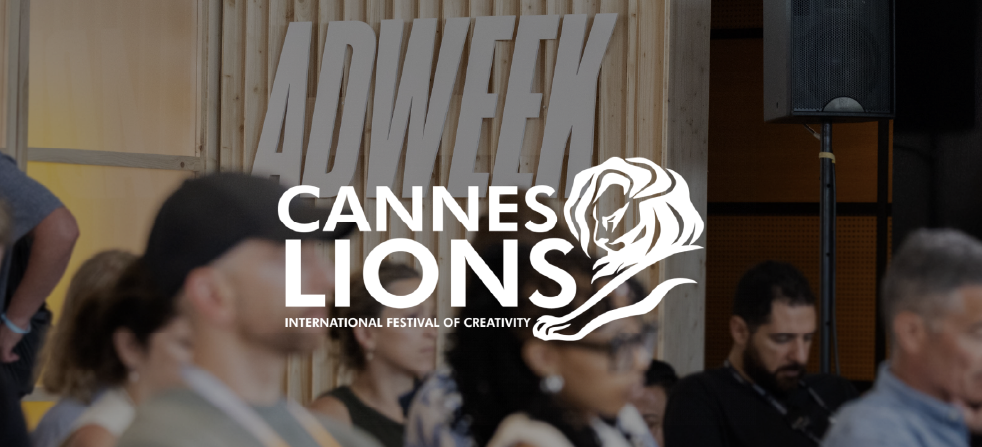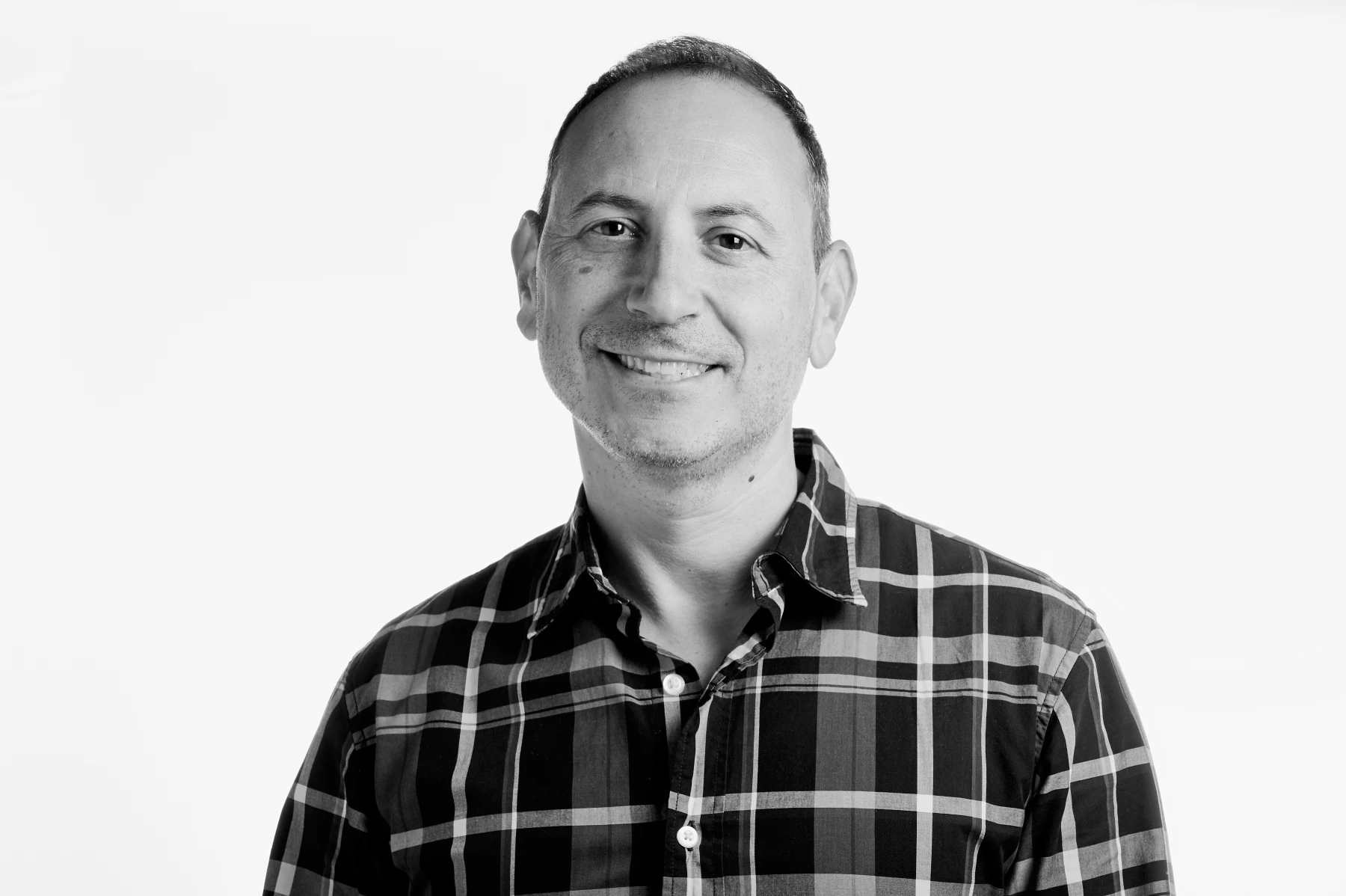
Conversations on the Croisette: Tatari Explores the Future of TV Media Buying at Cannes
As always, this year’s Cannes event was a who’s who from the media and tech world. And this year, AI was at the center of nearly every conversation. In fact, the only thing more abundant than rosé and DJ yacht parties was AI itself. But while everyone was talking about AI, Tatari took the stage to show how brands are actually benefiting from it.
Speaking alongside brands and agencies including Visa, Marriott, Roku, and Dick’s Sporting Goods, Tatari hosted a fireside chat with Dstillery to discuss how AI is transforming the way media is bought and measured. The session at ADWEEK House, “Own the Screen, Redefine the Stream,” featured industry disruptors rethinking what “performance” really means in the streaming era. Tatari’s Director of Programmatic, Tom Discepola, shared Tatari’s approach to AI-powered planning, the power of cultural relevance, and why the smartest TV strategies start by going direct.
Here are some highlights from Tatari’s perspective.
AI in Action: From Planning to Production
AI is reshaping the way brands buy, plan, and even make TV ads. Tatari pointed to Breeo, the smokeless fire pit brand, as a standout example. With the help of Tatari’s AI-powered Media Planning Engine, Breeo built campaigns around clear performance metrics like cost-per-action (CPA), all while staying within weekly budgets. The planner, powered by machine learning and trained on seven years of Tatari data, recommended buys across Convergent TV that balanced efficiency and scale.
“AI gave them a playbook rooted in data,” said Discepola. “It saved time, made room for experimentation, and helped them get on TV in a way that felt intuitive, not intimidating.”
Creative in general is getting a boost from AI. Tatari referenced Kalshi’s recent buzzworthy campaign, built entirely with Google’s Veo 3. “It looks like a 7-figure ad,” noted Discepola, “without the 7-figure price tag.”
Breaking Down Barriers to Entry
Tatari didn’t shy away from challenging old assumptions. “DSPs simply weren’t built for TV buying,” stated Discepola. “It might sound crazy coming from the programmatic guy, but that’s the truth.”
That bold statement framed a bigger point: much of the “ad tech tax” in CTV; SSP fees, platform take rates, opaque supply chains, etc. - is unnecessary. Tatari’s approach is to bypass traditional intermediaries, opting instead for direct publisher integrations through tools like Tatari Tag Manager and The Viewpoint, an SSP infrastructure built for transparency and scale.
With most premium inventory concentrated across a handful of major publishers; think Hulu, Netflix, Peacock, going direct isn’t just easier, it’s essential. “You get scale, you get control, and you drive more dollars into working media,” said Discepola.
Tatari’s Tom Discepola discussing the future of streaming TV with industry leaders at Cannes 2025.
New Experiments in Streaming (and Beyond)
Tatari gave the audience a taste of how the definition of “TV” is expanding.
“When I interviewed at Tatari four years ago, I remember asking—probably too bluntly—“Why on earth aren’t you doing omni-channel activation?”
Fast forward to today, and it’s clear: the company was building from the top down. “We started with the hardest channel to measure -TV, and now we’re layering in others where it makes sense,” explained Discepola.
“About two years ago, we expanded into OLV, a key piece of what we call Convergent TV. And now, as we look further into Streaming, the promise of audio is hard to ignore.”
Making Sense of Measurement in a Fragmented Landscape
Navigating the measurement challenges that come with streaming TV, where each platform brings its own level of transparency and reporting standards, is an all too common challenge that was top of mind throughout the conversation. “Our reporting tools are built to support a wide range of KPIs, enabling advertisers to track performance across all publishers in one unified platform,” shared Discepola. “But we don’t stop there. We’ve designed our measurement stack to reflect that complexity.”
Discepola elaborated on Tatari’s three core methodologies. First, Incrementality, which isolates the true impact of TV by measuring performance above a dynamic, real-time baseline of site activity. “This approach is foundational to how Tatari thinks about TV performance,” stated Discepola. Then there’s Digital View Through, which uses one-to-one IP matching to link ad exposure to site visits and conversions, offering consistency with broader digital strategies. Finally, Tatari View Through brings a layer of refinement by cleaning communal IP data for more accurate attribution. “Together, these tools give brands clarity in an otherwise fragmented streaming landscape,” said Discepola.
What Buyers Should Be Doing More (and Less)
Discepola closed with two strong opinions every buyer should hear:
DO more CTV retargeting. Retargeting has proven to be one of the most successful performance drivers in digital media. Now’s the time to move those efforts to streaming. “If someone’s familiar with your brand but hasn’t converted, 15 to 30 seconds on the biggest screen in the house is a golden opportunity. Don’t waste it.”
STOP bundling OLV and Streaming. Combining OLV and streaming into a single buy dilutes the value of most premium streaming inventory. This coupling of channels can diminish campaign performance and reduce overall ad effectiveness. “It’s the lanternfly of our business. If you see it—squash it.”
See You Next Year in Cannes
Between the croissants and the cocktails, Tatari made one thing crystal clear at this year’s Cannes: AI-powered performance media buying doesn’t have to mean sacrificing creativity.

Michael Goldberg
I lead content at Tatari. When I’m not writing, I’m reading, watching The Office (again), hopelessly rooting for the Mets and Jets, and blasting heavy metal.
Related
How to Budget and Plan for TV in 2025
As TV continues to command a significant share of budgets, it's critical to understand the key trends that will shape the TV landscape in 2025 and what that means for advertisers. Let’s take a look at what to expect this year.
Read more
Linear TV is About to Go the Way of Radio. That’s a Good Thing
Holding companies are beginning to deprioritize linear TV, shifting buying responsibilities to specialists as they chase cost efficiencies and lean into streaming.
Read more
Why Streaming's Rise Means the Death of DSPs
TV viewership has changed, and ad buying is changing with it. With the ability to capture mass audiences like never before, streaming’s rise is DSPs’ demise. See why it's time to change tactics.
Read more


